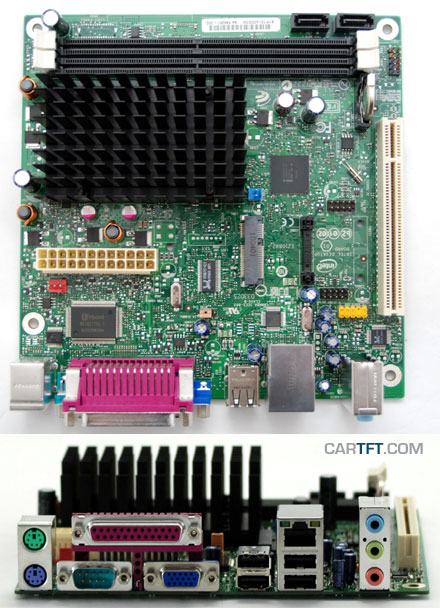


The mode of automatic transceiver frequency control can be switched on at the " Setup / Tuning" page. The " TxAFC" button "nets" the TX central frequency to the RX central frequency. But this action is not made after click on the ruler under spectrogram. When the option " Setup / Interface / AFC at mouse click" is selected TrueTTY immediately adjusts the RX frequency to the nearest station after every mouse click on the spectrogram regardless of the "AFC" button state. User-selected frequencies are shown at spectrogram by short red lines. maximal deviation from last user-selected frequency. Second number is global deviation in hertzs, i.e. maximal deviation from current frequency. The first number is local deviation in hertzs, i.e. The numbers to the left of the AFC button determines the limits of AFC. The " AFC" button (auto frequency control) adjusts the long red lines (working frequencies) to the closest peak frequencies. When the RX buffer has grown to about 20kB, part of the data is moved into an invisible buffer. The received text is displayed on the second from top window. The third from top window shows an oscillogram of the decoded signal. Faster rotation means more frequency error. In ideal conditions you see immovable or slow rotating line there. It can be switched on or off via " Setup / View / Show phase indicator in PSK" option or " Alt-I" hotkey. To move a visible part of spectrogram or waterfall to left or right drag it by mouse with Alt key down.Ī phase indicator can be used for fine tuning in PSK modes. " Alt-5" hotkeys change frequency scale of spectrogram and waterfall. Waterfall colors can be customized via " Setup / Waterfall" options. The " Setup / View / Spectrogram as waterfall" option or " Alt-W" hotkey switch spectrogram view to waterfall mode and vice versa. When squelch is switched on, the horizontal red line shows the squelch threshold. The number to the left of the "SQL" button determines the squelch threshold. The logarithmic scale is usually more convenient, but it uses more computer resources. Analogously, the " Setup / View / Logarithmic oscillogram scale" option or Ctrl-Z hotkey switches the oscillogram scale. The " Setup / View / Logarithmic spectrogram scale" option or Alt-Z hotkey switches the spectrogram window between a linear or logarithmic scale. TX sound frequency is changed if right mouse button is used or "Ctrl" key is pressed. These screen buttons can be used for TX frequency changing also. " Alt-Down" keystroke and " >" button move RX frequency to 5 Hz up. " Alt-", " Alt-Right" keystrokes and " >" button move RX frequency to 1 Hz up. You can use keyboard and screen buttons located below spectrogram ruler for fine tuning. RX and TX frequencies and shifts are also shown in the status line. Ruler under top window shows frequencies of sound spectrum. To change the TX frequency, click on the desired frequency by right mouse button (or the left mouse button with "Ctrl" key pressed). In PSK modes you see only one TX frequency. The short thick black lines show TX frequencies. In MultiFSK mode mouse click defines lowest radio frequency, not center one. To change the center frequency, click on the desired frequency (probably between the peaks). In most modes you see two vertical line in PSK modes - only one. The vertical red lines in this window show the working frequencies of the RX filters. In the top window the current spectrum of a signal (blue line) and a peak detector of spectral components (green line) are shown. The working area of the program is divided into several windows, the sizes of which can be changed by the user by dragging the borders. It is fast and convenient to use with many macros for transmitting. A simple circuit for PTT-control can be used.

You only need a transceiver and computer ( Pentium-100 or better) with a sound card. SELFEC SITOR, AMTOR-ARQ (SITOR-A) and DTMF-code decoding is also possible. HF-PACKET and UHF-PACKET (AX25) are supported in KISS-TNC emulation mode. PSK31 (BPSK and QPSK), BPSK63, QPSK63, BPSK125, AMTOR-FEC (SITOR-B, NAVTEX), Supported modes are RTTY (Baudot code), ASCII (7 or 8 bits),
#Best cw decoder software software
Simple software to handle devices connected to LPT portĪ program for amateur radio digital communications via a sound card. A tool for monitoring popular web-cluster service from OH9W/OH2AQ Radio Club RTTY software, Digital mode ham radio - AMTOR, PSK31, AX25.


 0 kommentar(er)
0 kommentar(er)
